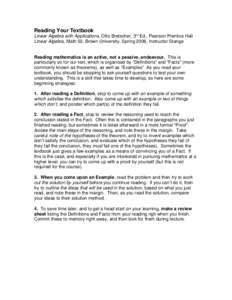<--- Back to Details
| First Page | Document Content | |
|---|---|---|
 Date: 2015-10-18 16:52:48Mathematics Mathematical proofs Logical consequence Neuropsychology Logic Theorem Linear algebra Problem solving Equation solving |
Add to Reading List |
| First Page | Document Content | |
|---|---|---|
 Date: 2015-10-18 16:52:48Mathematics Mathematical proofs Logical consequence Neuropsychology Logic Theorem Linear algebra Problem solving Equation solving |
Add to Reading List |